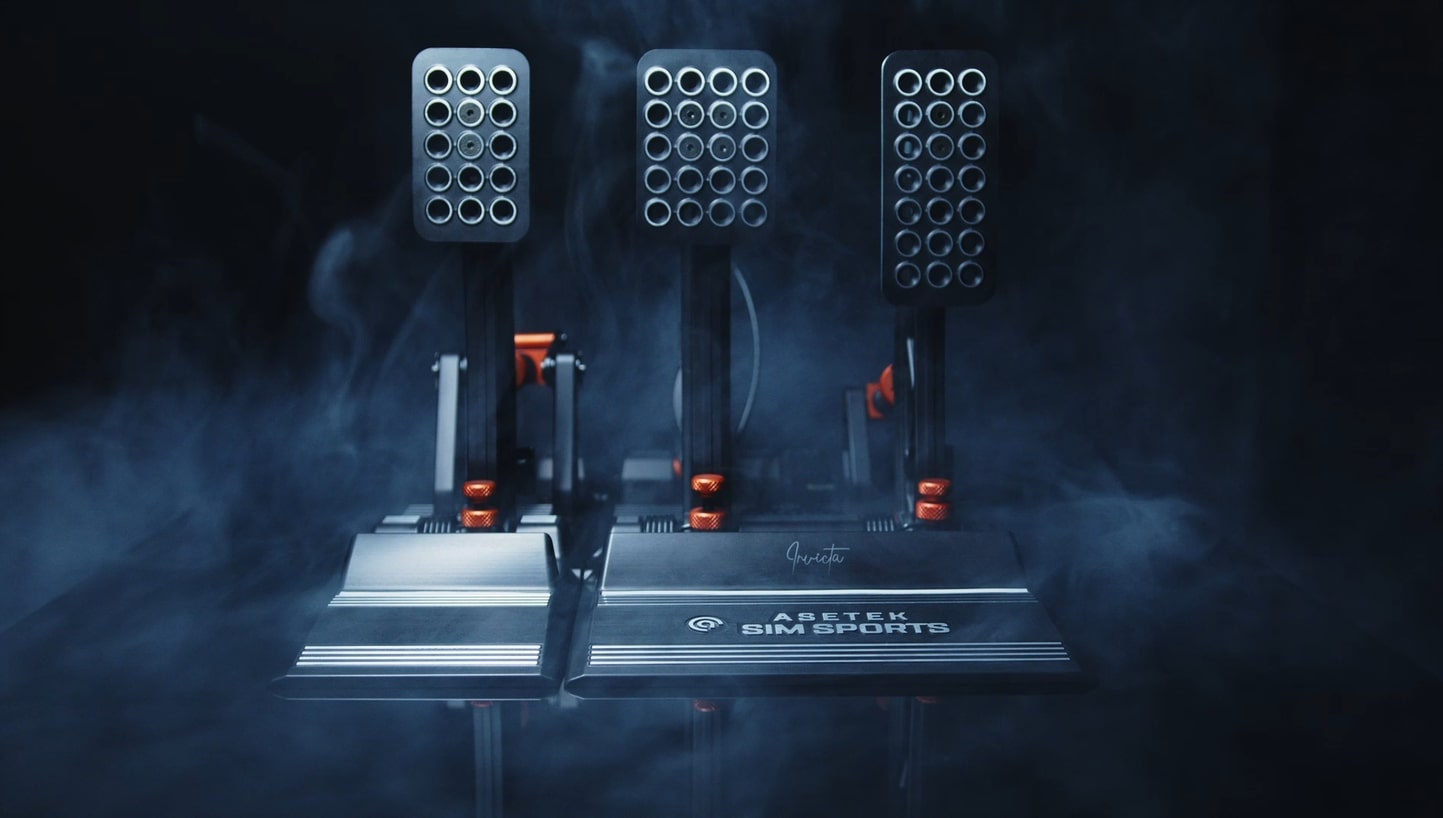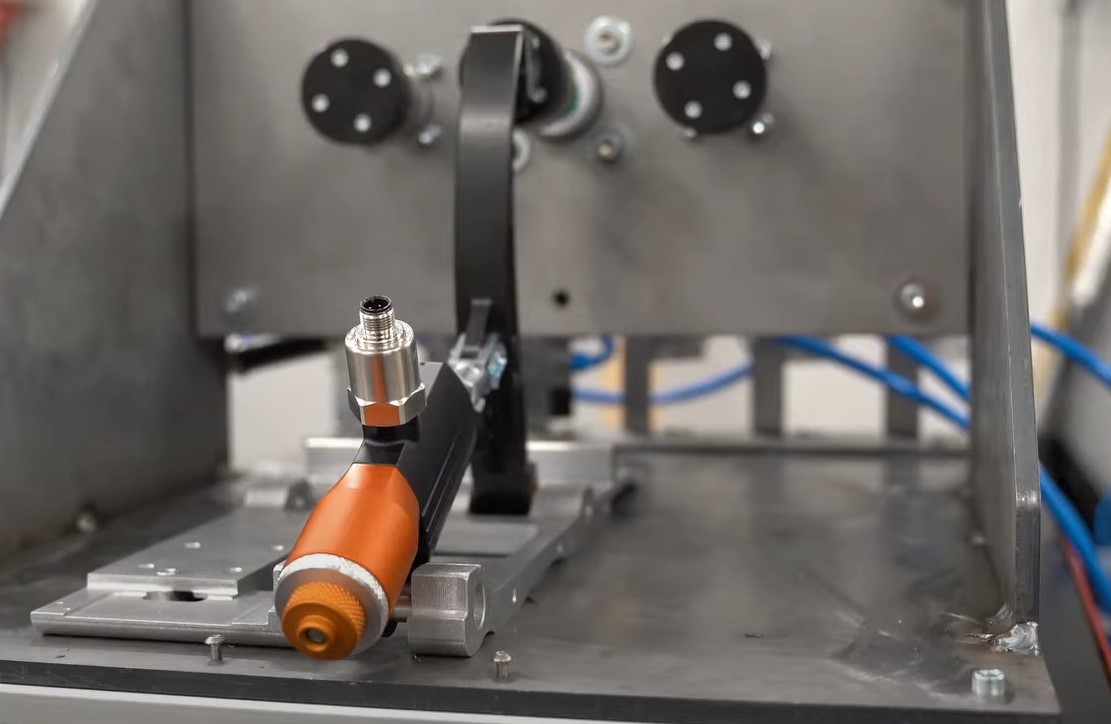Developing Sim Racing Pedals for Serious Sim Racers
Think of a piece of hardware in your life: You’ve used it often, and it’s taken some abuse over the years, but it still works just the way it should.
Now imagine that hardware again: But consider that you literally kick it for multiple hours several days a week! This is what sim racing pedals must endure. Luckily, our sim racing pedals are designed and tested to an excessive extent, so you don’t have to worry about smashing the sim racing brake pedal with full force! They’re made for it!
So how did we design sim racing pedals to withstand such abuse on a daily basis?
The simple answer is that we test, and we test, and we test – over and over again. And why do we do it? Because we want to develop the best sim racing pedals on the market, and the best racing pedals on the market must withstand severe braking power.
Testing for Reliability in Sim Racing Pedals
When you want to do this much testing, you need a proper testing setup. At Asetek, our racing sim racing pedal test stand looks like this:
As André Eriksen, CEO of Asetek, notes in the video, a set of sim racing pedals must endure a lot of stress to their system to reproduce the feeling of real racing in a racing simulator.
“For this specific test, we are pushing 90 bars. And right now, I think the brake cylinder has done about 500.000 activations.”
In short: It’s all about force and repetition. High-end sim racing pedals need to be able to withstand both over time! When you acquire high-end sim racing pedals, the durability must be in the ABSOLUTE top. Durability is one of the defining factors when it comes to high-end sim racing pedals.
If you use high-end sim racing pedals in your rig at home, you’re probably using them because you want an authentic sim racing experience. An authentic sim racing experience requires that you can duplicate feelings and sensations from a real race car, and that involves kicking and smashing the pedals with a lot of force.
Therefore, the build quality of the pedals must be tested to an excessive extent so that we can determine what we need to do to develop the best sim racing pedals on the market.
Patience is Key When Testing Sim Pedals
Typically, it’s cool to nail everything on the first try. The problem is, when it comes to performance and precision, you really can’t achieve top tier without trying multiple times.
That’s precisely what happened at first with the Invicta™ sim pedal arm. Our engineers came up with a great, sturdy design, but after about 160.000 activations, some issues occurred. To snuff out those problems altogether, of course, they went back to the drawing board to redesign the design of the sim pedal arm.
In this video, mechanical engineer Kim Henriksen explains how that process involved both 3D animations and feedback from a professional race driver.
Our sim pedals have come a long way, from early drawings and prototypes to functional and high-end sim pedals that reviewers and sim racers love.
You can watch reviews on our different sim pedals here.








 Back to articles
Back to articles

